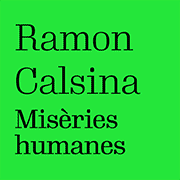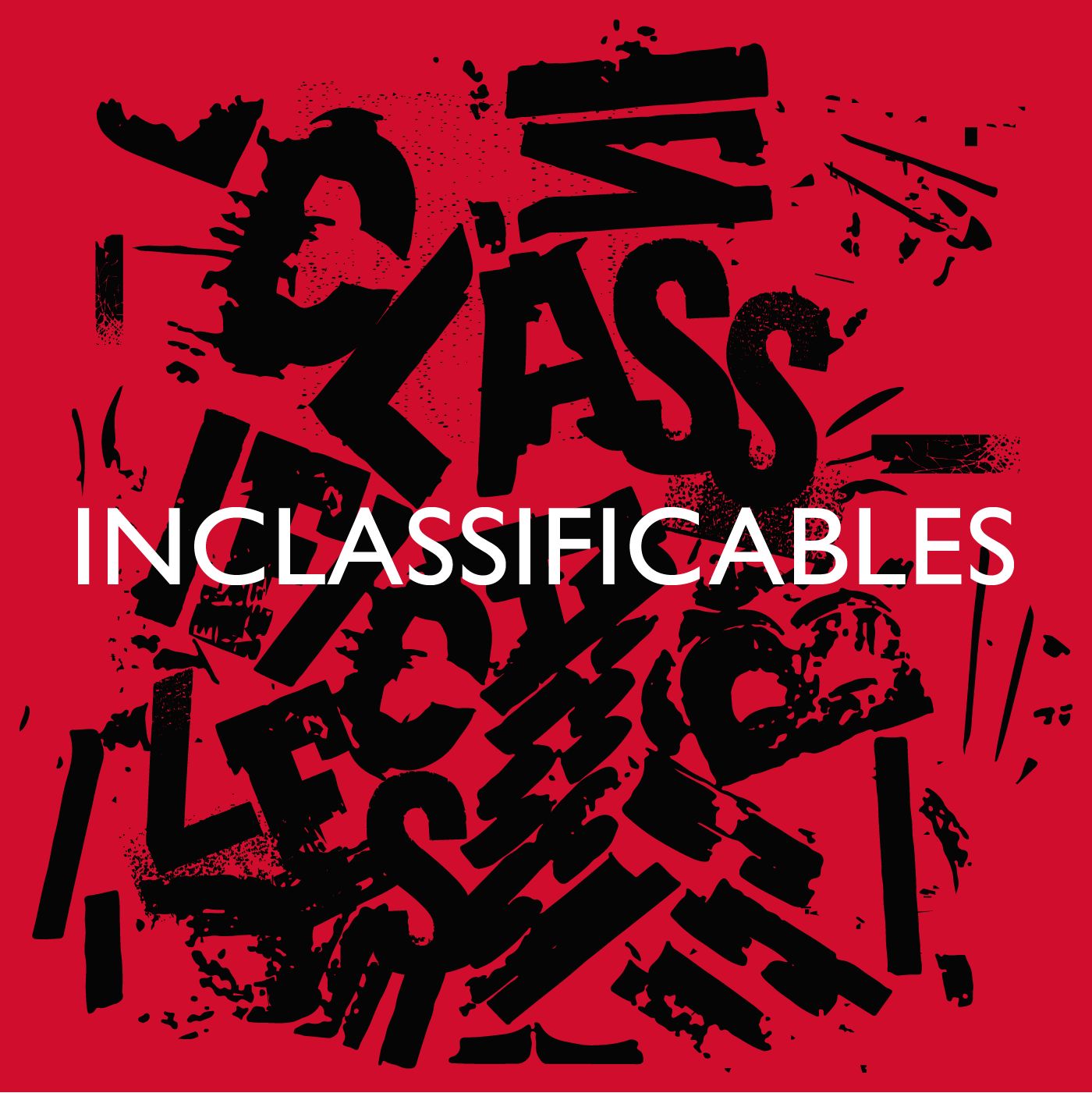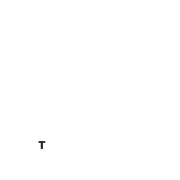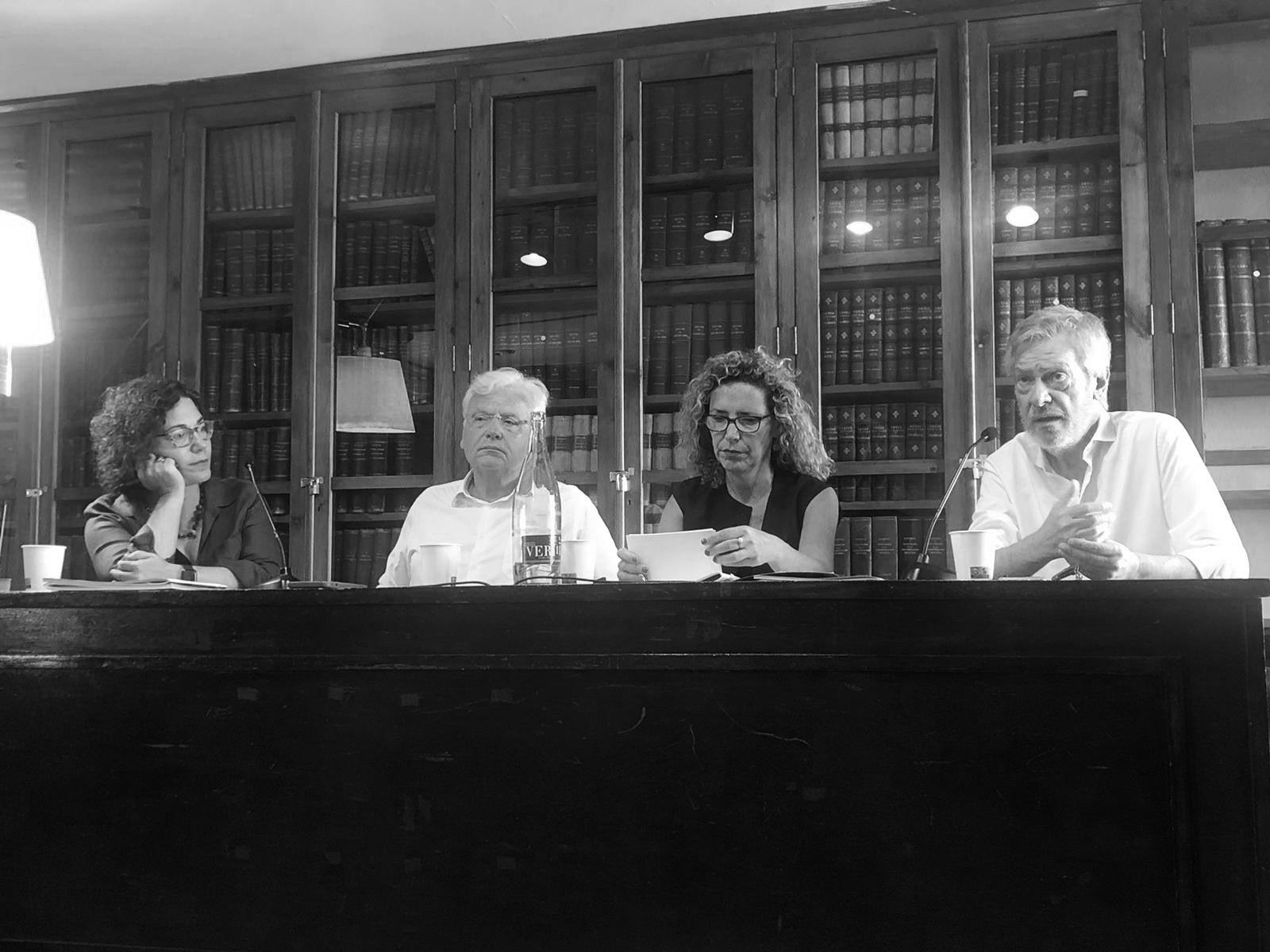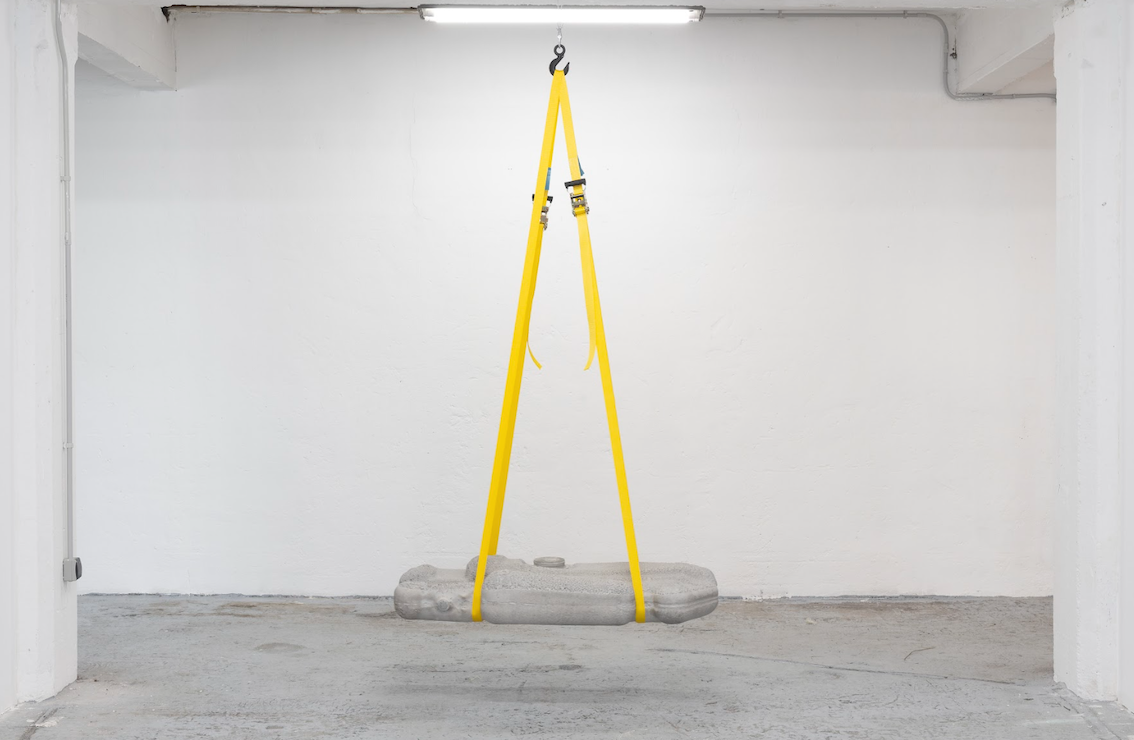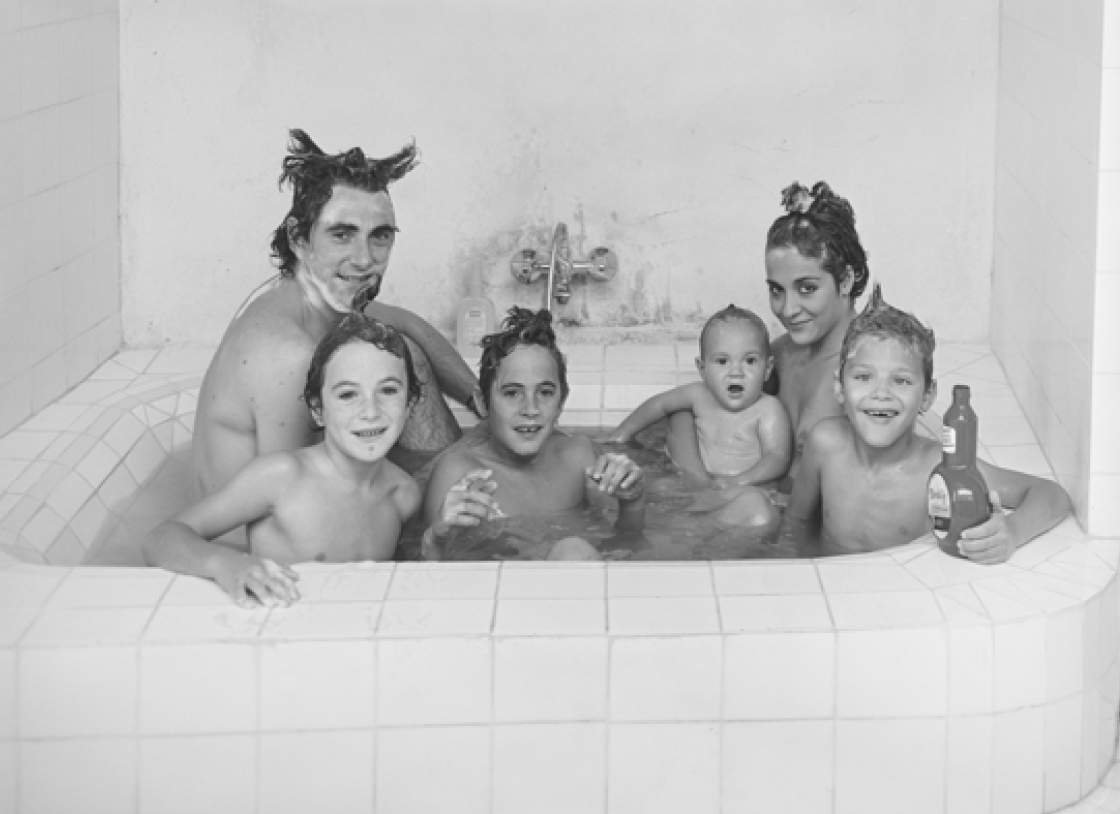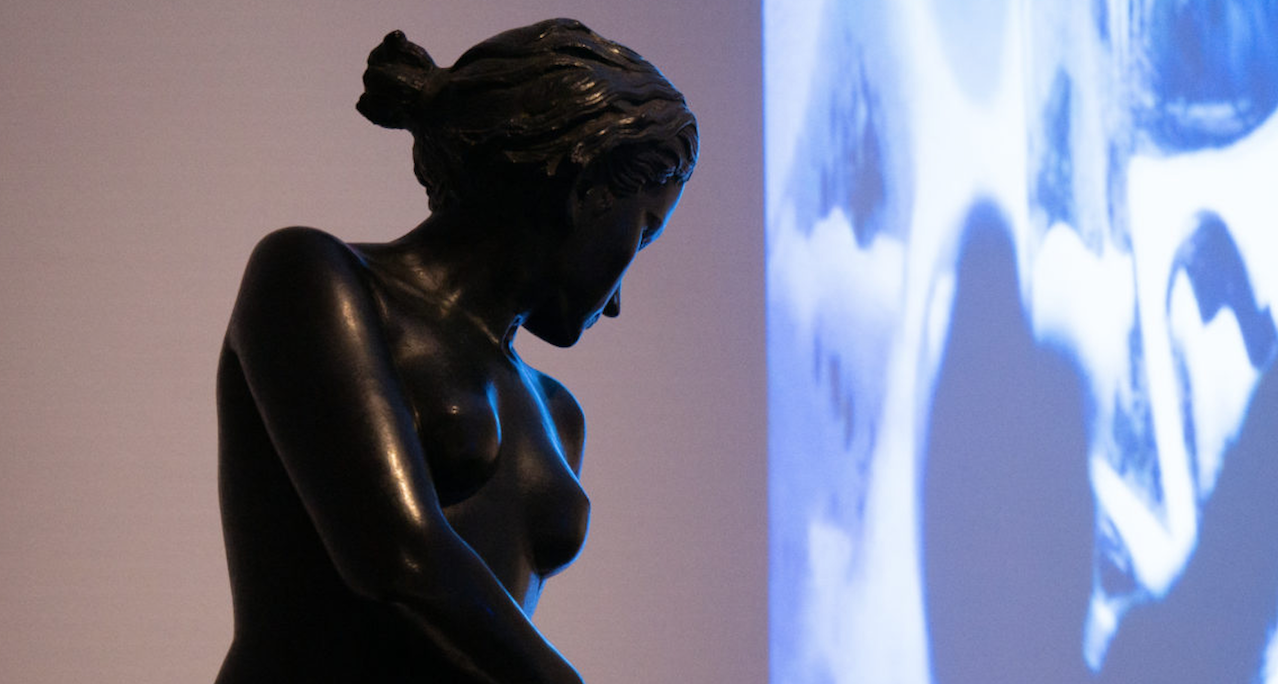Exhibitions
The Museum of Modern Art in Céret presents a great exhibition on Max Jacob
With more than 120 pieces, including several unpublished documents, the exhibition brings together the work of Max Jacob and his contemporaries, from Pablo Picasso to Juan Gris, among many others
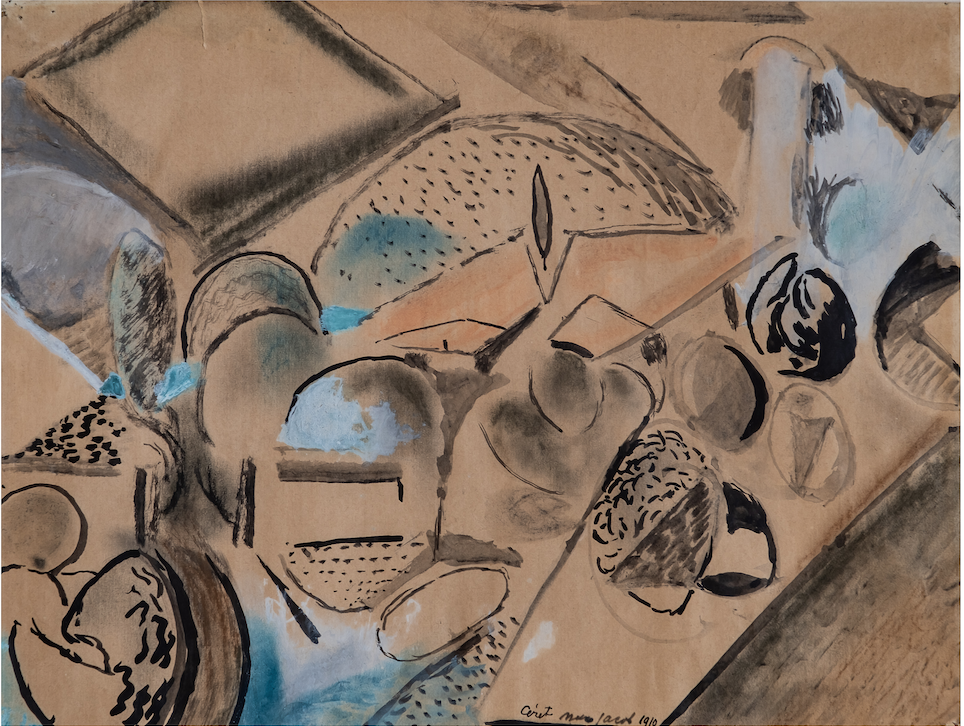
The Modern Art Museum of Céret presents Max Jacob, poetic cubism, which shows a new perspective of one of the most relevant figures of pictorial and literary modernity of the first half of the 20th century and which can be visited from 29 June to December 1. The exhibition, composed of more than 120 pieces, is curated by Jean-Roch Dumont Saint Priest, director of the museum, and Gwendoline Corthier-Hardoin, head of exhibitions.
Max Jacob, Poetic Cubism explores the fantasy and paradoxes of a multifaceted personality located at the heart of the Cubist galaxy. Poet, painter, critic, novelist and author of one of the richest epistolary correspondences of his time, Max Jacob was one of the first supporters of Pablo Picasso when the painter arrived in Paris in 1901. He would later participate in synthetic Cubism. In the effervescent Céret of 1913 and with other artists such as Eva Gouel, Pablo Picasso or Manolo, Max Jacob creates an exceptional set of drawings and gouaches that reflect his cubist experiments.
A prolific artist, he translates pictorial Cubism into literature. "Cubism in painting is the art of working on the picture for itself beyond what it represents [...] not proceeding only by allusion to real life. Literary Cubism does the same in literature, only he uses reality as a means and not as an end," he writes in 1917. Resorting to wordplay and satire, Max Jacob uses poetry to express his reflections on existence. Lightness and gravity are inseparable both in his work and in his life.
The exhibition highlights this duality so characteristic of the artist by exploring his relationship with the world of performance, but also with esotericism and religion. A great lover of the theater and the circus, his work reflects the cultural effervescence of the beginning of the century. Driven by a deep spirituality, Max Jacob cultivates various astrological beliefs which he puts into dialogue with his Christian faith.
Exhibition tour
With more than 120 pieces, including several unpublished documents, the exhibition brings together the work of Max Jacob and his contemporaries, from Pablo Picasso to Juan Gris, through Manolo, Jean Metzinger, Marie Laurencin, Jean Cocteau, Marie Vassilieff, Alice Halicka, Serge Férat and even the Baroness of Oettingen. In the exhibition there is a whole section dedicated to Max Jacob's friendship with Picasso and how they influenced each other. On the occasion of the 80th anniversary of the deportation and death of the artist in the concentration camp of Drancy, the proposal of the modern art museum of Céret presents the life and work of someone who "never polished" his style, among literature and the graphic arts, through his collaborations with the greatest painters, poets, intellectuals and musicians of his time.


